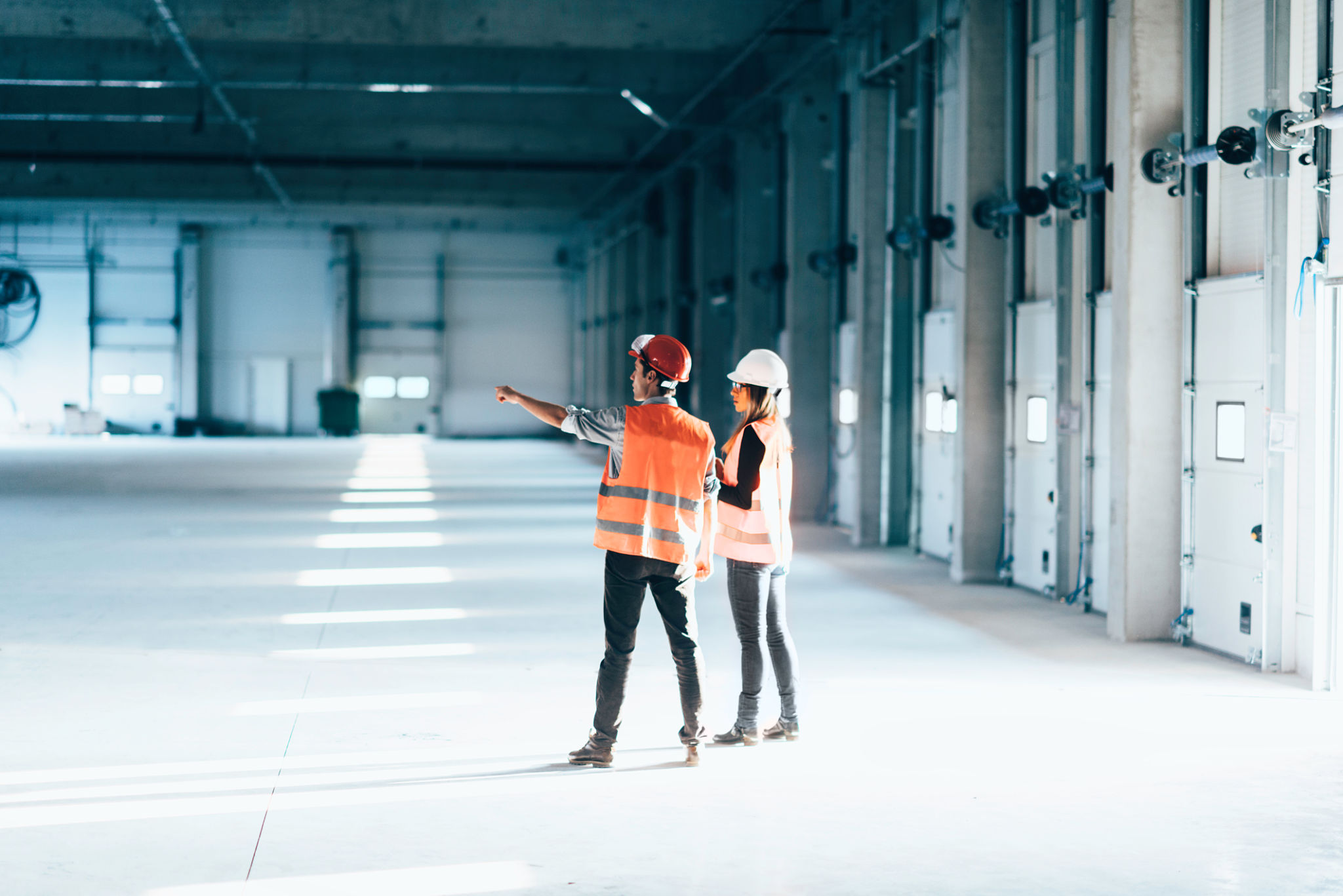The Future of High-Rise Safety: Integrating IoT Sensors with AI
Understanding IoT and AI in High-Rise Safety
The integration of IoT (Internet of Things) sensors with AI (Artificial Intelligence) is paving the way for a revolutionary transformation in high-rise building safety. As urbanization continues to soar, the need for advanced safety measures in skyscrapers becomes increasingly crucial. IoT sensors coupled with AI capabilities offer real-time monitoring and predictive analytics, enhancing safety protocols and emergency responses.
IoT sensors are devices embedded within a building's infrastructure to collect data on various parameters such as temperature, humidity, and structural integrity. When combined with AI, these sensors can analyze data patterns and predict potential hazards before they occur. This proactive approach can significantly reduce risks and enhance occupant safety.

Enhancing Fire Safety
One of the most critical applications of IoT and AI in high-rise safety is fire prevention and response. Traditional fire alarm systems often rely on human intervention to sound alarms and initiate evacuation procedures. In contrast, IoT-enabled fire safety systems can detect smoke, heat, and gas levels in real-time, instantly alerting building management and occupants.
AI algorithms process data from these sensors to identify false alarms, prioritize evacuation routes, and even control fire suppression systems automatically. This not only minimizes response times but also ensures that emergency services are directed to the most affected areas efficiently.

Structural Health Monitoring
High-rise buildings are subjected to constant environmental stressors that can affect their structural integrity over time. IoT sensors play a vital role in monitoring these stressors by measuring vibrations, tilt, and other structural changes. AI analyzes this data to predict wear and tear or potential failures, allowing for timely maintenance and repairs.
This predictive maintenance approach helps in avoiding catastrophic failures and extending the lifespan of the building. Moreover, it also provides peace of mind to occupants, knowing that the building is under continuous surveillance for safety threats.

Energy Efficiency and Environmental Control
Beyond safety, IoT and AI integration can also enhance a building's energy efficiency and environmental control. Sensors monitor energy consumption patterns and environmental conditions, enabling AI systems to optimize heating, ventilation, and air conditioning systems for better efficiency.
This not only reduces operational costs but also aligns with global sustainability goals. By maintaining optimal indoor conditions, these systems also contribute to occupant comfort and well-being.
The Role of Big Data in High-Rise Safety
As IoT devices collect vast amounts of data, big data analytics becomes essential in processing and interpreting this information. AI leverages big data to identify trends, anomalies, and insights that would be impossible to discern manually. These insights are crucial for developing comprehensive safety strategies tailored to each building’s unique needs.

Challenges and Considerations
While the benefits of IoT and AI in high-rise safety are undeniable, there are challenges that need addressing. Data privacy and security are major concerns as more devices become interconnected. Ensuring the protection of sensitive information is paramount to the successful adoption of these technologies.
Additionally, the cost of implementing IoT and AI solutions can be prohibitive for some building owners. However, with technological advancements and economies of scale, these costs are expected to decrease over time.
The Future Outlook
The future of high-rise safety lies in the seamless integration of IoT sensors with AI technologies. As these technologies continue to evolve, we can expect smarter buildings that not only protect human lives but also enhance urban living experiences.
Ultimately, the adoption of IoT and AI in high-rise buildings represents a shift towards a more proactive and intelligent approach to safety management. With ongoing innovations, we are moving closer to a future where high-rise structures are not just architectural marvels but safe havens as well.
